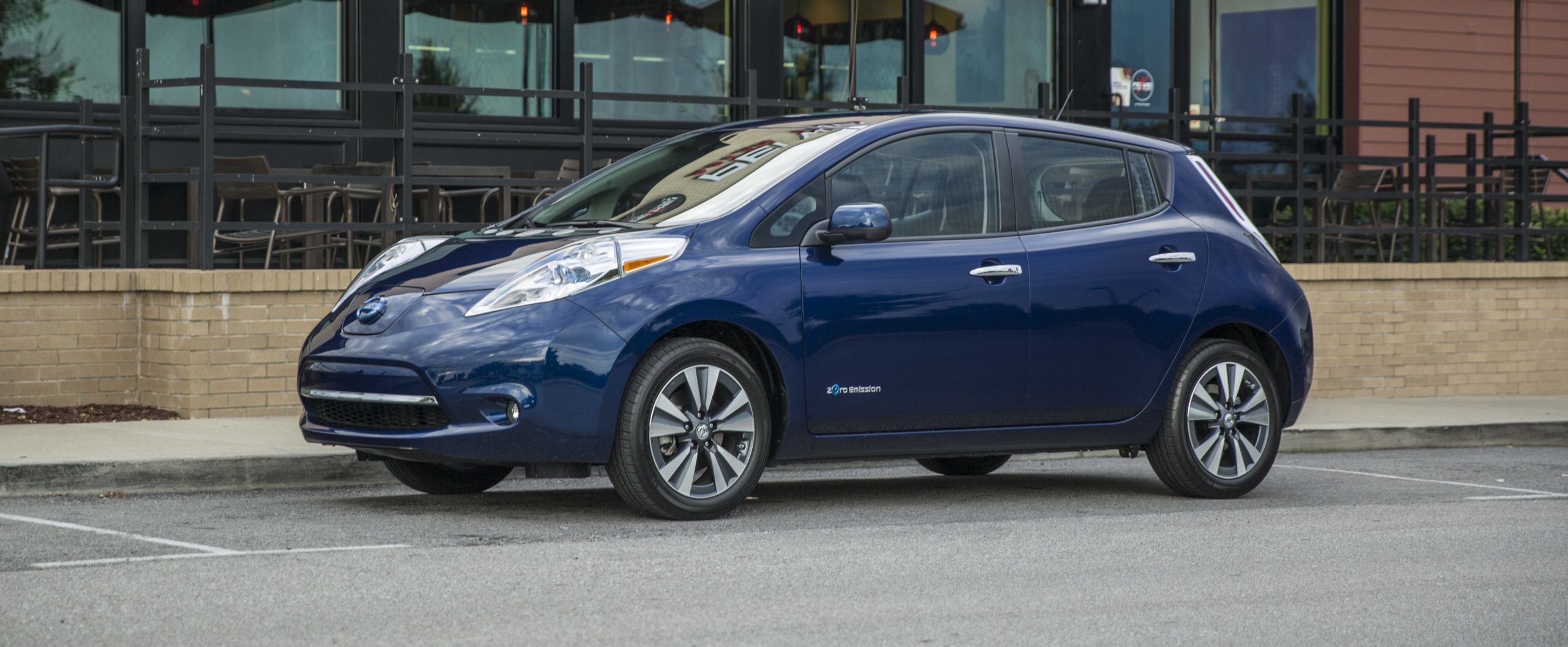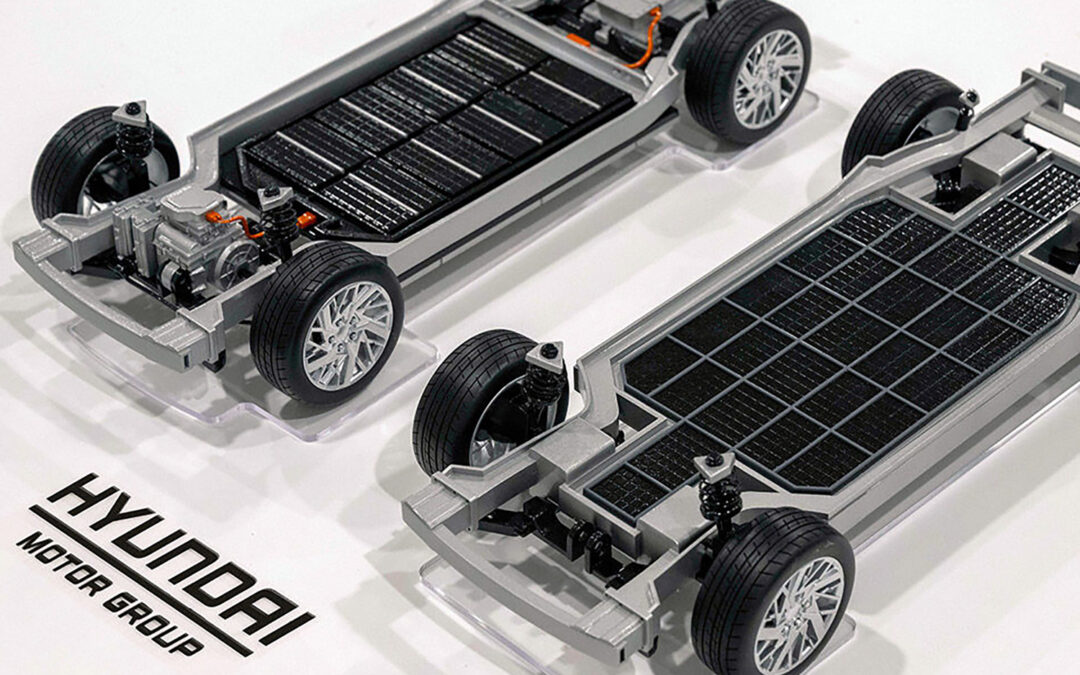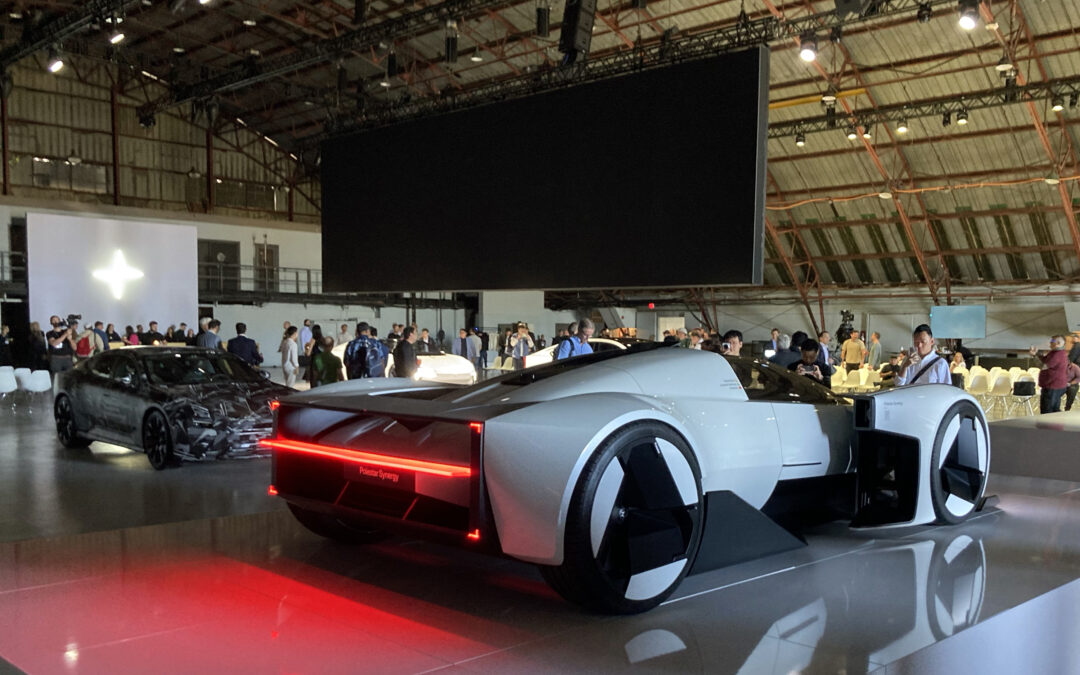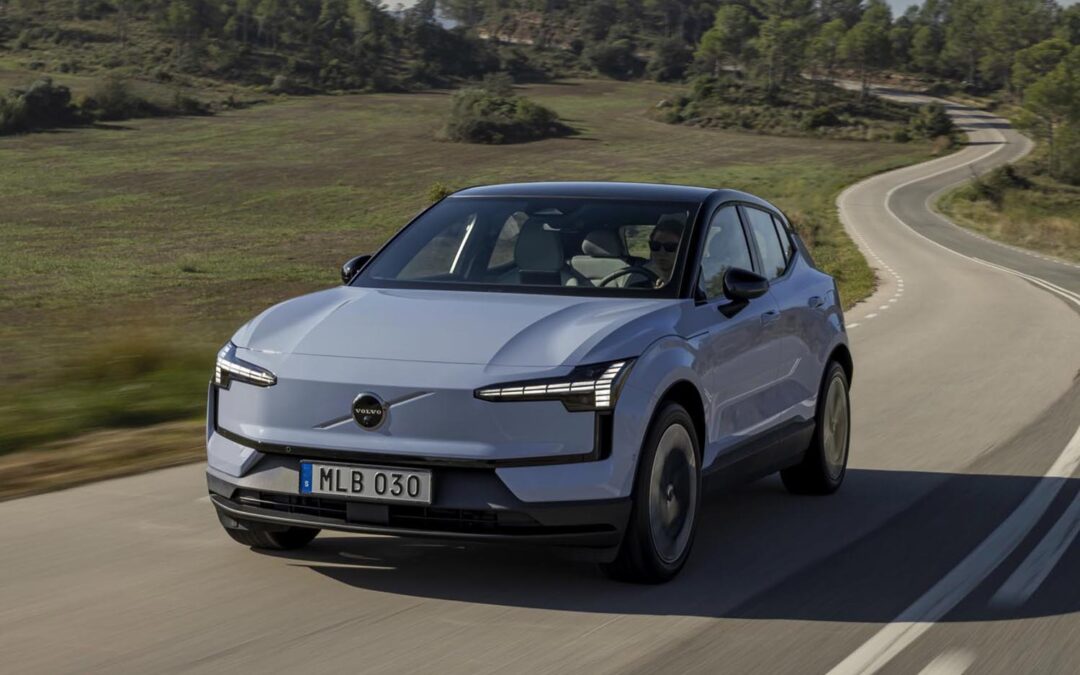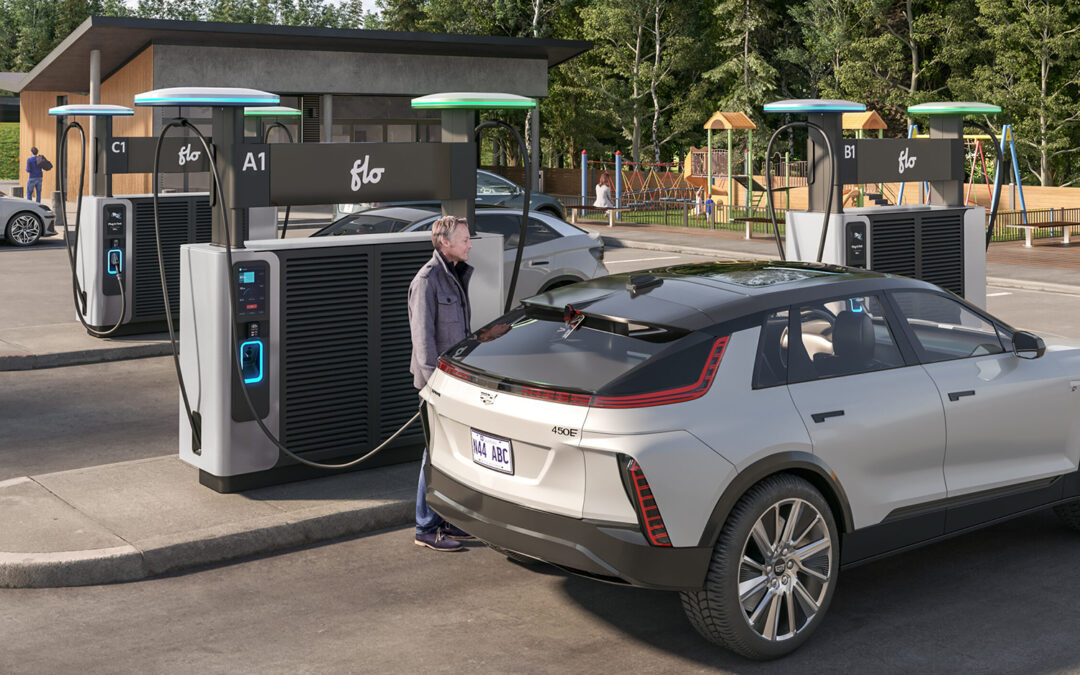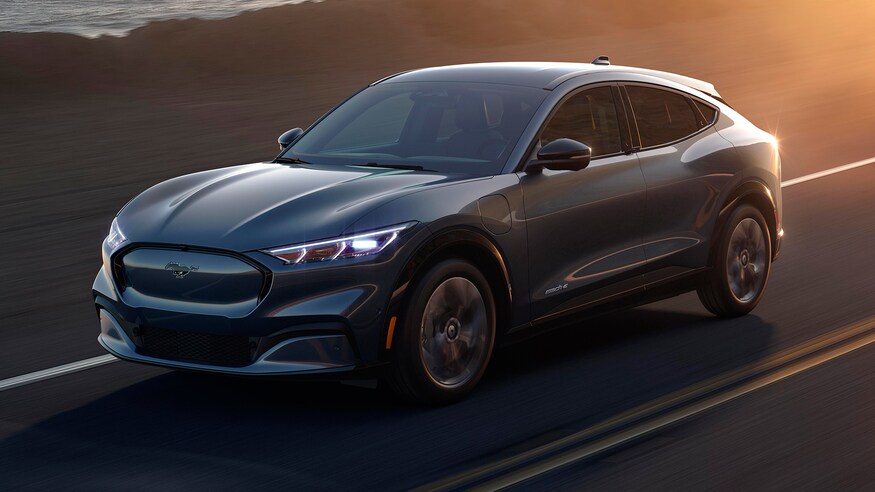With electrified vehicles having been on the road for more than a decade, there are plenty of used choices available for consumers looking for value. As an ongoing series, we’ll look back at various generations of battery electrics, PHEVs and hybrids to give you the information you need to make an educated choice. And check out The Charge’s Browse EVs for Sale page to find what you’re looking for.
Introduced in 2011, the Nissan Leaf holds the distinction of being Canada’s first affordable mass-market BEV. It was also Nissan’s only BEV for more than a decade, though the company is readying its second all-electric vehicle, the Ariya crossover, for launch as a 2023 model.
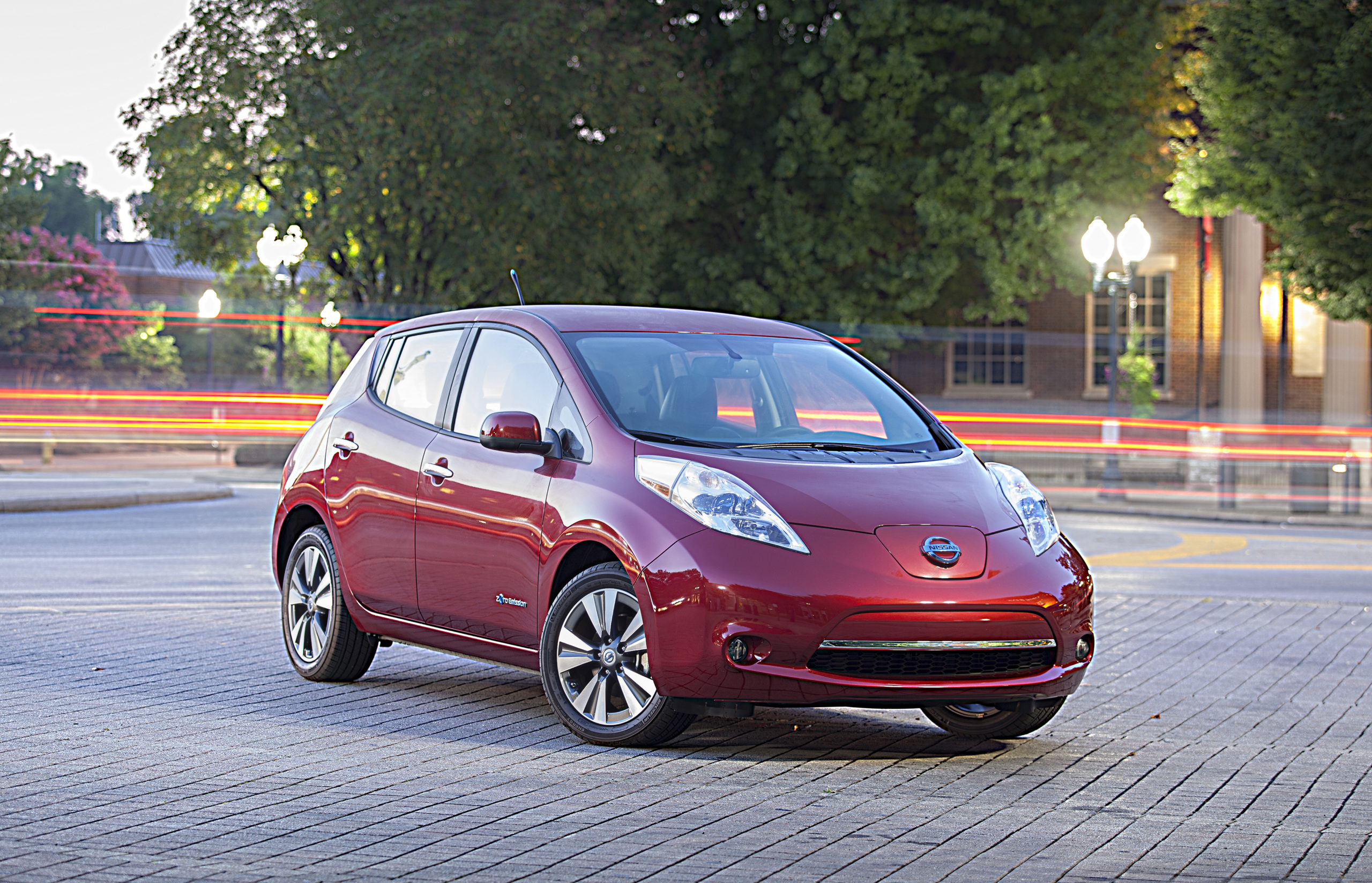
2013 Nissan LEAF
Early versions of the first-generation Leaf offer modest performance from a 107 hp electric motor, fed by a 24 kWh battery promising about 160 km of driving range. A larger 30 kWh battery arrived as an option in 2016 and was standard in 2017, improving the car’s range to 172 km. The CHAdeMO charging interface, standard on the Leaf, is slowly being phased out across the industry in favour of CCS, but it’s still able to be used at stations across the country. Nissan redesigned the Leaf for its second generation in 2018.
Pricing
As of March, Carfax Canada estimates the first-gen Nissan Leaf’s value from about $8,000 for a 2012 model in SV trim to $24,000 for a 2017 SL version.
Trim levels and features
In 2011 and 2012, Nissan offered the Leaf in SV and SL trim levels. SV models came with 16-inch alloy wheels, automatic A/C, LED headlights and taillights, an auto-dimming mirror, and passive keyless entry. That year, SL added auto on/off headlights, fog lights, and a backup camera.
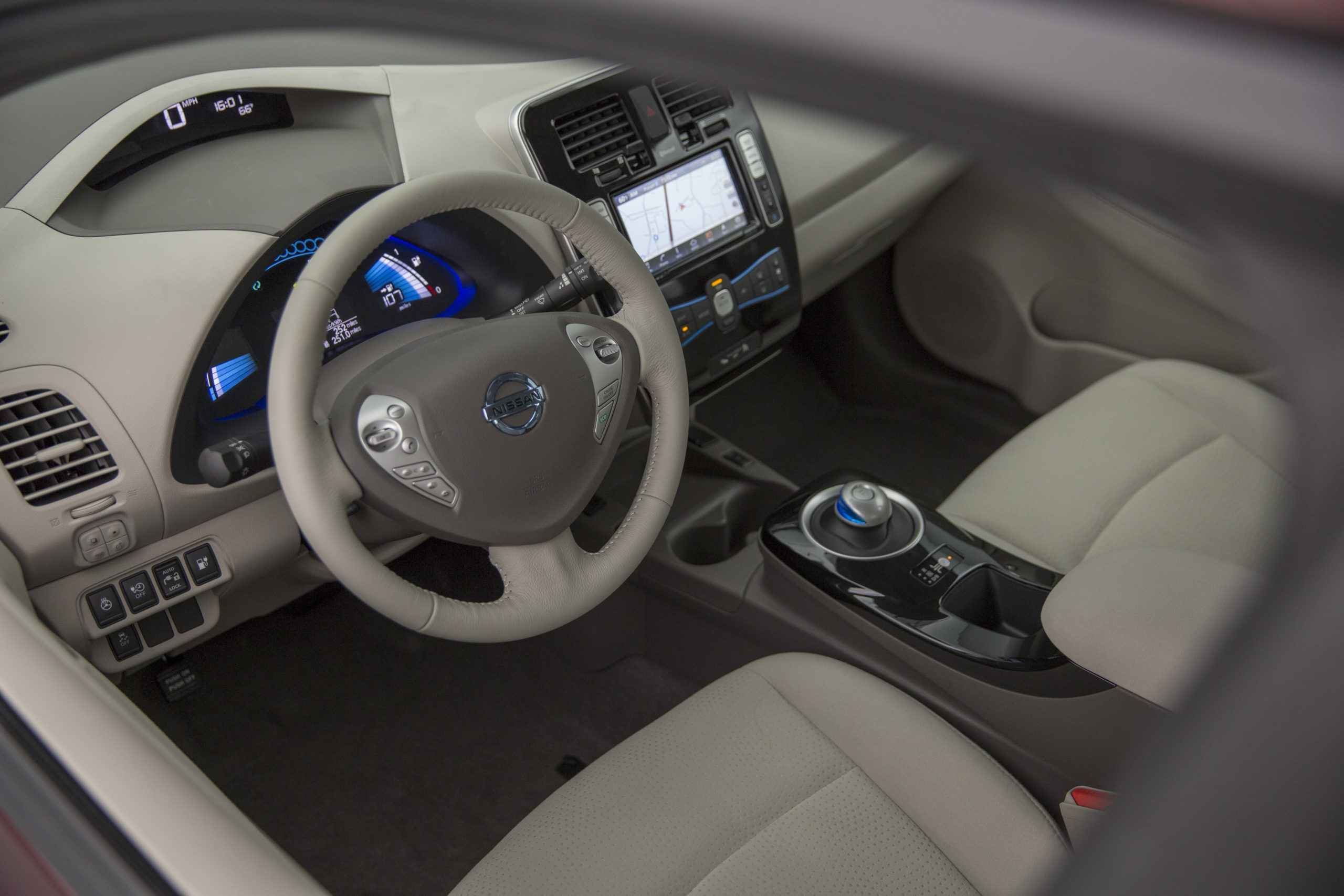
2016 Nissan Leaf
The 2013 model added a base S trim level, a faster charging system, better aerodynamics, and a revised regenerative braking system that Nissan said improved driving range. In 2014, Nissan made a backup camera standard across the line.
Nissan made the most significant update to the first-gen Leaf in 2016 with the optional larger battery pack and its extra driving range. The SV trim also gained 17-inch alloy wheels, and a 5-inch infotainment screen replaced the 4.3-inch display in older models. As mentioned above, in 2017, Nissan made the larger battery pack standard across the range.
Battery degradation is a problem in some older models
Many Leaf owners have reported a loss of battery capacity as their cars age, a problem that will show up in two ways: The car won’t go as far on a full charge, and the battery gauge – which consists of 12 light-up segments – won’t register at 100 per cent even when the car has finished charging. Here’s a long discussion thread about reduced battery capacity in early versions of the first-gen Leaf, and another about battery degradation in newer models with the larger battery.
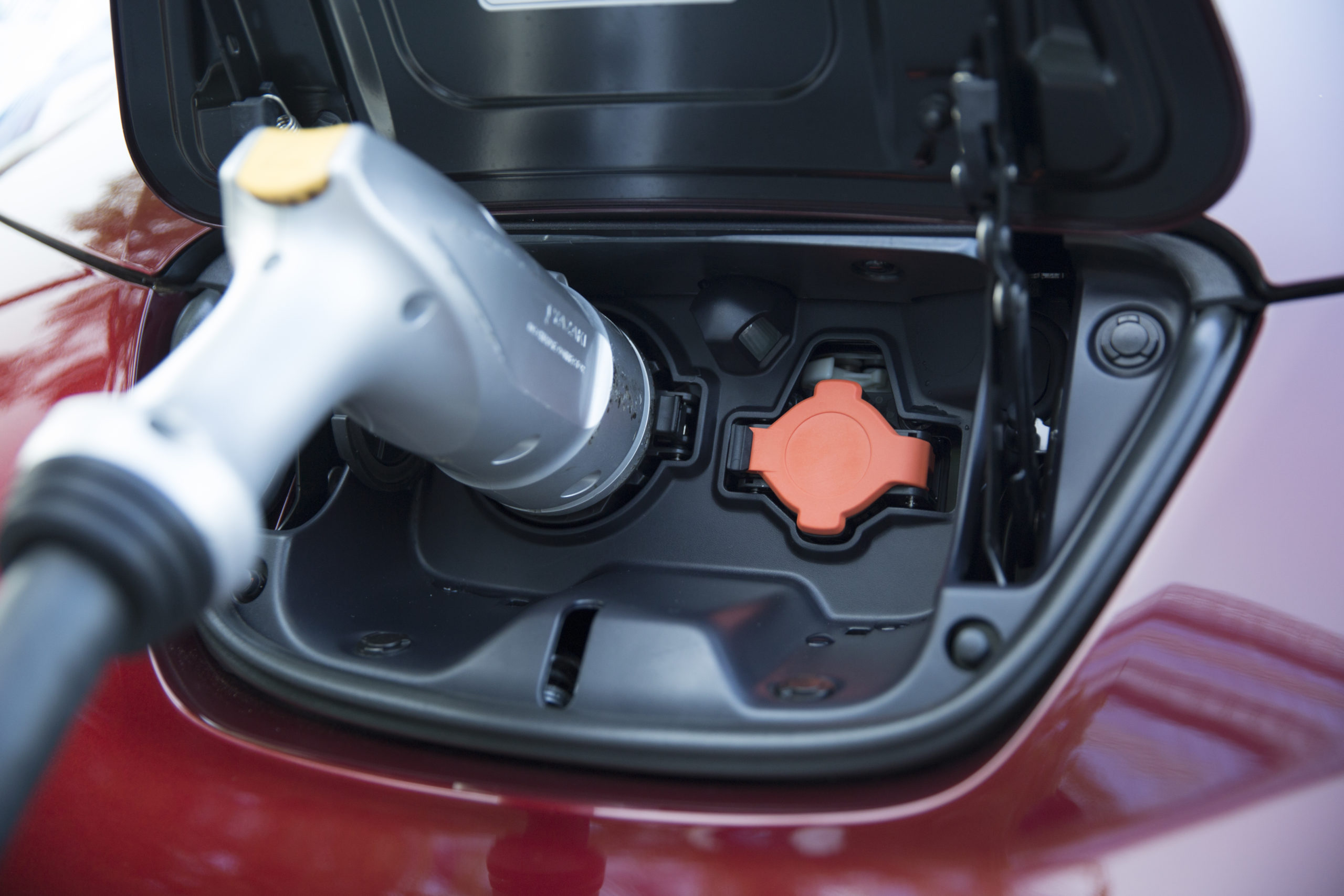
2016 Nissan Leaf
A Leaf owner developed a smartphone app called LeafSpy that can tell you how much capacity is left in the Leaf’s battery pack via the car’s diagnostic port.
Check the 12-volt battery
Every Nissan Leaf also has a conventional 12-volt battery to run the car’s accessories and boot up the car’s computer controls when you press the start button. Here’s a discussion about those batteries going flat.
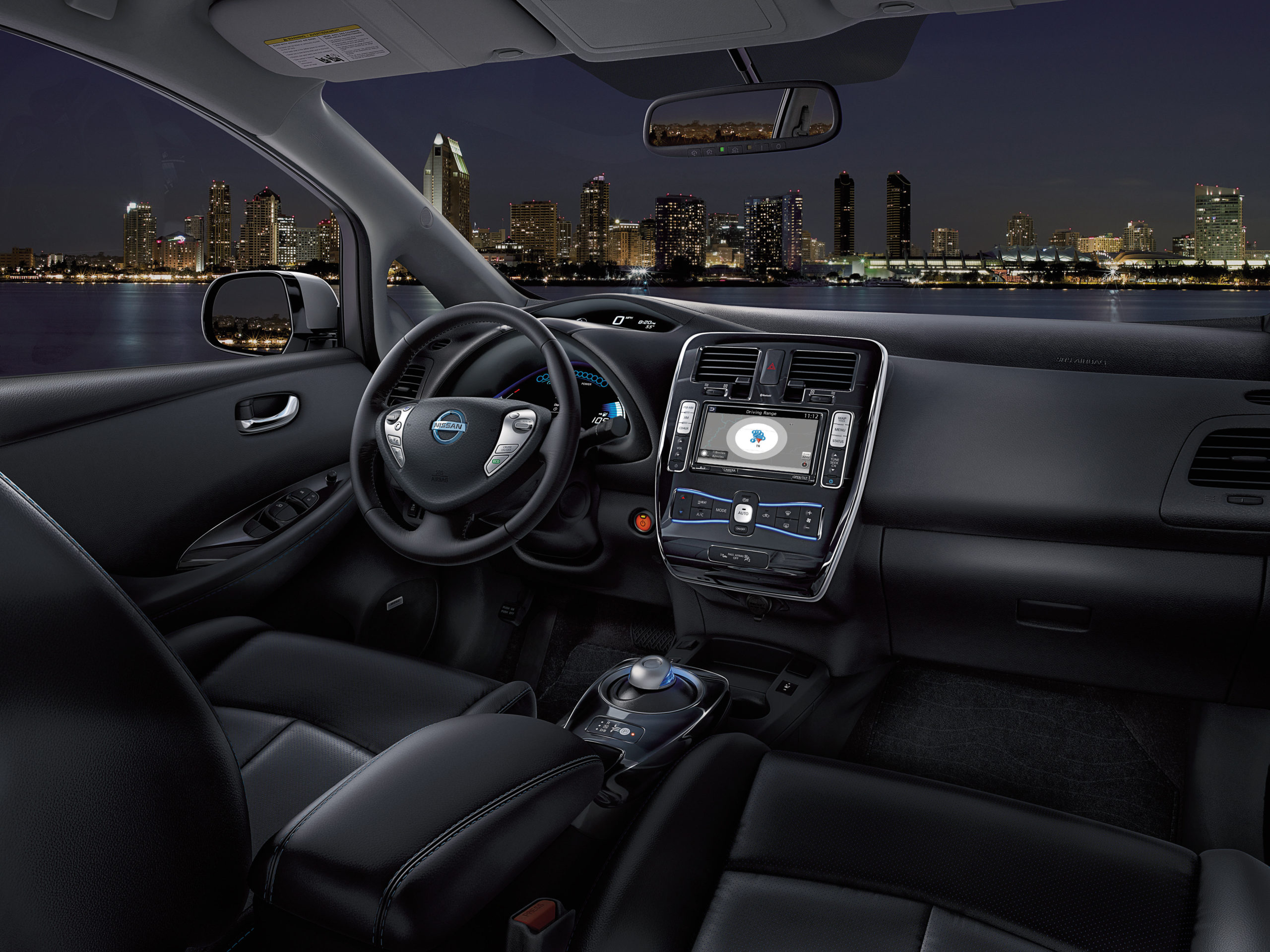
2017 Nissan LEAF
Later models have a better heater system
According to this post at MyNissanLeaf.com, 2011 and 2012 Leaf models have a low-tech electric heater that uses a lot of energy and reduces the car’s driving range when it’s turned on. In 2013, Nissan began offering a heat pump in SV and SL trims that is more efficient at warming the cabin. A heat pump is like an air conditioner that works in reverse, effectively extracting heat from the outside air even at below-zero temperatures. These cars also have an electric heater to provide extra warmth on especially cold days.

2015 Nissan LEAF
Brakes can be grabby
In this thread, Nissan Leaf owners discuss grabby brakes that make it difficult to stop the car smoothly.
If you’re shopping for a used first-gen Leaf, look at the recalls section at the bottom of this article, where we’ve noted a Nissan campaign to fix a fault caused by cold weather that can reduce the car’s braking performance.
Check the door handles and carpeting
Some first-gen Nissan Leaf models have chrome trim pieces on the exterior door handles that can fall off.
Check the carpeting in the driver’s footwell for moisture. If it’s damp, suspect an air-conditioner condensation drain that is either blocked or disconnected. Normally, this drain leads water out the bottom of the car and onto the ground.
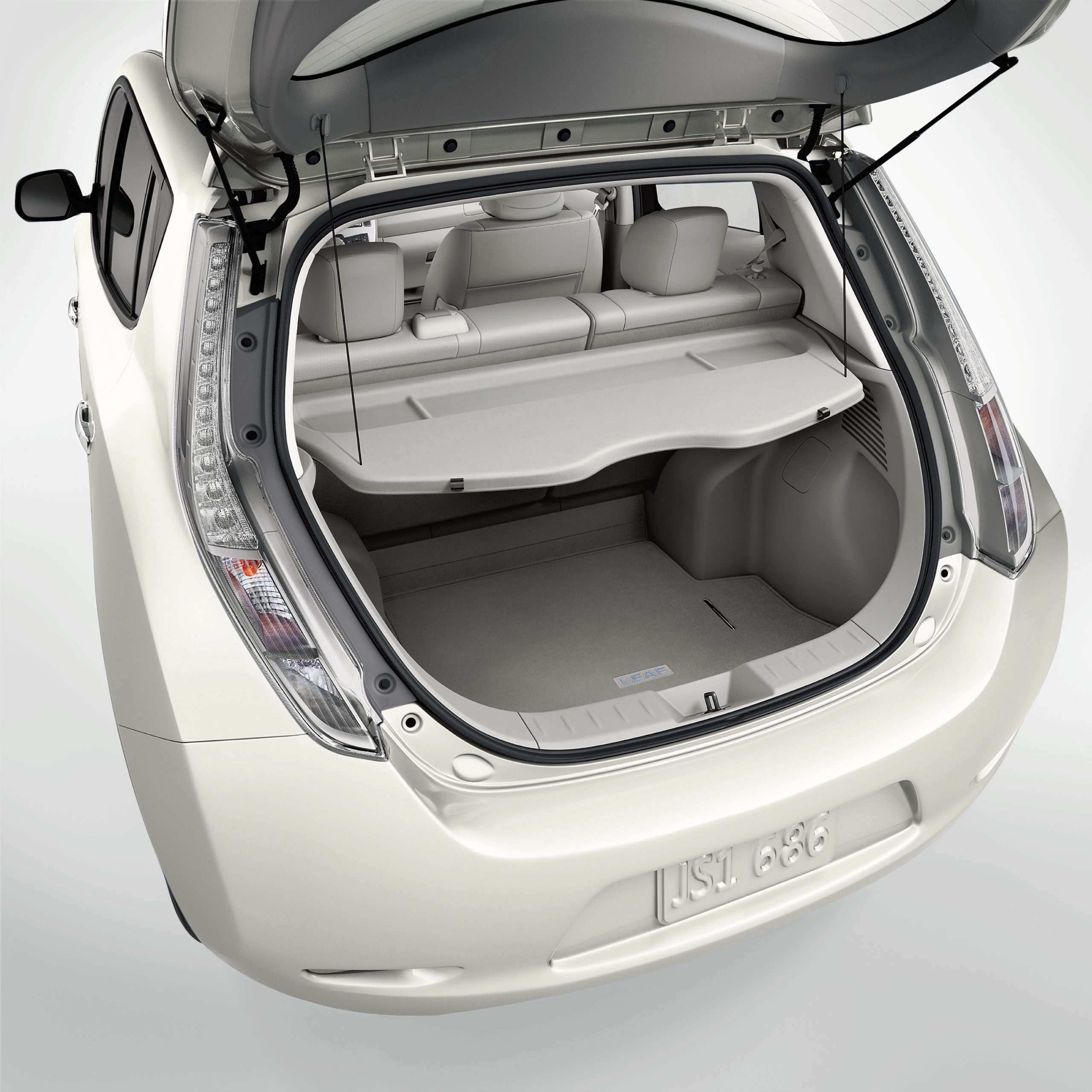
2017 Nissan LEAF
Recalls
Nissan issued a 2019 recall to fix an electronic relay in the braking system that could freeze in extreme cold-weather conditions. If this happens, it will trigger warning lights on the dash, the brake pedal will be hard to depress, and the brakes may be less effective than usual.
The Leaf was also included in a larger Nissan/Infiniti recall to address a faulty front passenger airbag system.
Safety
The 2012 Leaf was awarded a Top Safety Pick from the Insurance Institute for Highway Safety (IIHS) while the National Highway Traffic Safety Administration (NHTSA) gave it five out of five stars overall in crash testing.
